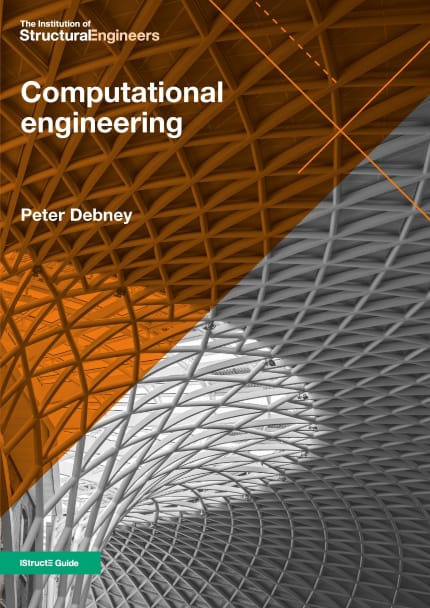A new book lays the ground for engineers lucky enough to be entering the profession on the verge of an exciting new generation of technology and innovation. The author, Oasys Application Specialist Peter Debney, will be familiar to many of our software users. He has shared his knowledge and insights during countless training and support sessions for our structural design and pedestrian movement products. Computational Engineering is published by the Institution of Structural Engineers and is a practical guide to working digitally. Covering good practice for finite element analysis, optimisation, artificial intelligence, and parametric workflows, it provides essential reading for any student or graduate civil or structural engineer.
Peter’s enthusiasm for his subject – and for his fellow engineers – is apparent throughout. As he says: “Computers are not universal solutions, they are tools to magnify our abilities. There is no substitute for engineering skill, but the best engineers also make the most of computers”.
Publication comes at a time when Finite Element Analysis is being linked parametrically with CAD, and Machine Learning is being applied to everyday engineering tasks. This book explains what today’s graduate (and those with more experience too) need to know about these ‘engineering assistants’ in order to harness their full potential.
Peter Debney is a chartered structural engineer with Arup, an application specialist at Oasys, a visiting professor at the University of Bradford, UK, and a Fellow of the IStructE. Peter’s skill and 30+ years-experience with FEA and digital modelling has enabled him to tackle some of the most complex engineering problems, and taught engineers around the world to do the same.

